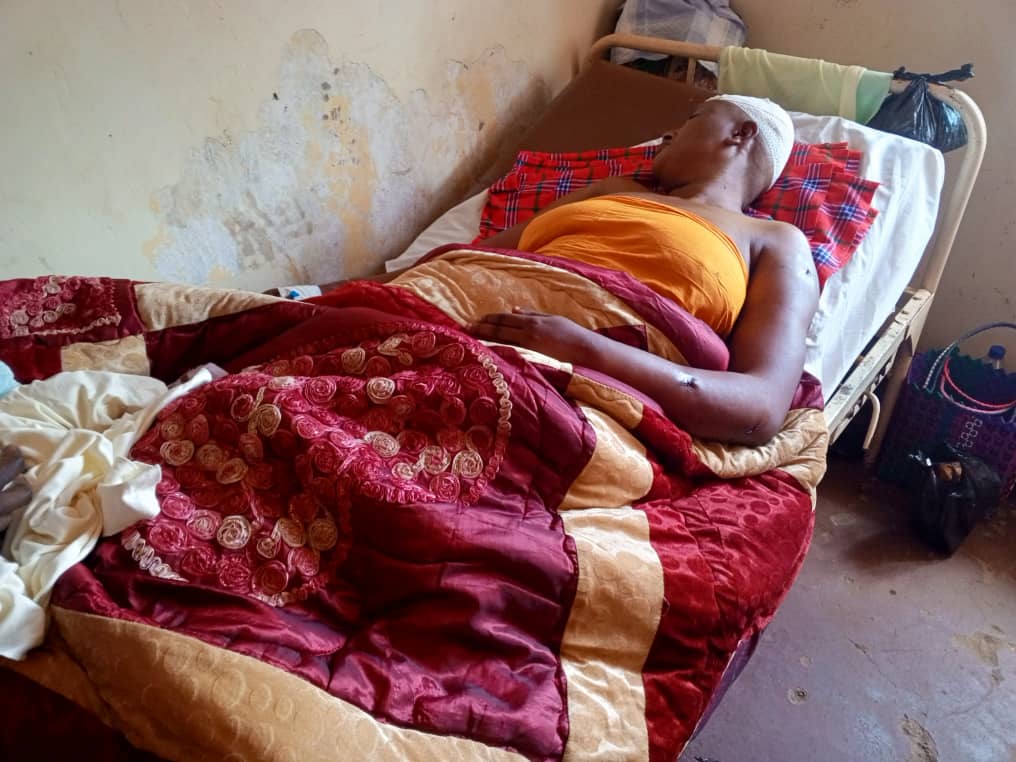Rwanda sets 5-year target to eliminate Hepatitis C
The Ministry of Health has proposed an ambitious plan that will see the Hepatitis C virus (HCV) eliminated in the country within five years.
The new initiative seeks to screen about four million people aged 15 years and above, carry out viral load tests for about 230,000 people, and treat 112,000 chronically affected patients.
Hepatitis C is prevalent among 4 to 8 per cent of Rwandan adults and it is believed to be the second largest contributor of cancers in the country.
According to available information, Rwanda is the first country in sub-Saharan Africa to propose an elimination plan of this size.
The five-year plan is estimated to cost $44 million (approximately Rwf40bn), and according to the ministry, it will mainly focus on investing in new technologies to enable more effective and affordable care, and innovative models of service delivery to reach affected populations.
The plan aims at reducing the HCV prevalence from the current 4 per cent to close to 1.2 per cent; and achieving 90 per cent treatment coverage for people aged 15 years old and above by 2024.
“This would require around 4,500,000 rapid tests; 400,000 viral load tests as well as around 150,000 treatment doses,” read a statement from the ministry.
80 per cent of the $44 million will be allocated for lab tests and treatments, while 20 per cent will be for community mobilisation, monitoring and evaluation, personnel and programme coordination.
Viral Hepatitis is one of the major public health concerns affecting more than 71 million individuals worldwide.
The hepatitis C virus is a bloodborne virus: the most common modes of infection are through exposure to small quantities of blood. This may happen through injection drug use, unsafe injection practices, unsafe health care, transfusion of unscreened blood and blood products, and sexual practices that lead to exposure to blood.
A significant number of those who are chronically infected will develop cirrhosis or liver cancer.
WHO estimated that, in 2016, approximately 399,000 people died from hepatitis C, mostly from cirrhosis and hepatocellular carcinoma (primary liver cancer).
Antiviral medicines can cure more than 95 per cent of persons with hepatitis C infection, thereby reducing the risk of death from cirrhosis and liver cancer, but access to diagnosis and treatment is low.
There is currently no effective vaccine against hepatitis C; however, research in this area is ongoing.
Hepatitis C virus causes both acute and chronic infection. New HCV infections are usually asymptomatic. Some persons get acute hepatitis which does not lead to a life-threatening disease.
Around 30 per cent (15–45 per cent) of infected persons spontaneously clear the virus within six months of infection without any treatment.
The remaining 70 per cent (55–85 per cent) of persons will develop chronic HCV infection. Of those with chronic HCV infection, the risk of cirrhosis ranges between 15 per cent and 30 per cent within 20 years.
Throughout the years, Rwanda has made significant progress in implementing HCV control measures, including screening of blood products, training and enforcement of safe injection practices, and the publication of Viral Hepatitis Policy and Guidelines in 2013.
The government also conducted major price negotiations resulting in cutting treatment cost per person from $86,000 to $350, making the treatment nationwide more accessible for chronic HCV patients.
NewTimes, Rwanda













